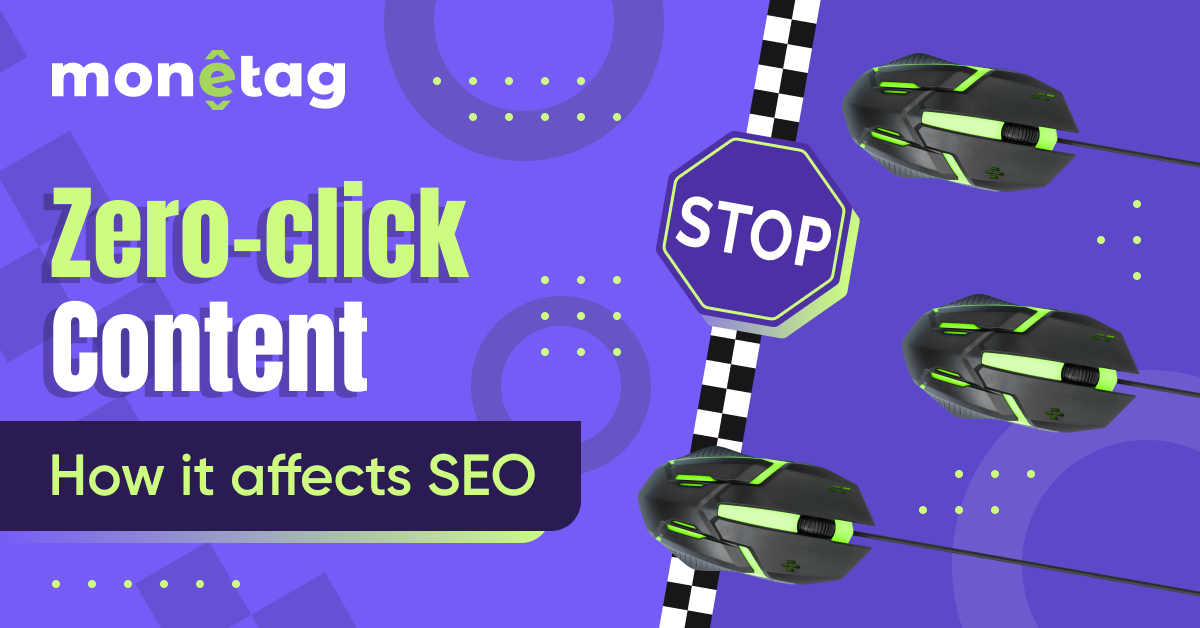What is SEO: Search Engine Optimization?

This post is also available in:
Pt
Es
Have you ever wondered why some websites come up first in online searches, while other, sometimes better-looking websites don’t?
Well, that’s where SEO comes in. Sounds a bit mysterious, right?
SEO increases a website’s visibility and appeal to Google. This is like giving your website a makeover to attract search engines. But, as you might have guessed, search engine optimization is a multi-step process.
This article will take you on a tour of the SEO universe. You’ll learn about SEO and how it works, we’ll also uncover why every website owner desperately needs SEO. So, get ready to explore the fascinating world of Search Engine Optimization.
What is SEO?
If you’ve heard the word SEO, you may have asked, “What is SEO?” It is optimizing a website for search engines. SEO boosts a website’s SERP ranking. When you make a Google search, the pages that appear are the search engine result pages (SERP).
Organic traffic growth is the goal. SEO provides high-quality and relevant content to match user searches. It’s easy despite sounding sci-fi. SEO can improve your website’s visibility on Google, Bing, and Yahoo. It’s like getting your website dolled up for a Google first date.
Let’s, for instance, picture yourself as the proud bakery owner. SEO is like placing a large, eye-catching sign outside your bakery and arranging the cakes in the window display. Your goal should be attracting passers-by (or, more specifically, internet users) who will visit your bakery.
How do Search Engines Work?
Compare search engines to super-intelligent librarians. When you type something into it, Google doesn’t search the entire internet in that split second. Like a librarian perusing their catalog, it instead searches its index of online pages. Search engines send out small digital robots called crawlers. Along the way, they come across new web pages and note any modifications made to previously observed ones.
Then for indexing, these web crawlers make mental notes of everything they come across as they browse. It’s as if they’re building an enormous online library catalog. They keep track of details like the date of the last change and the type of content (text, photos, videos). It finds the most relevant pages by searching its index. Next, it determines the best way to arrange these outcomes. This is called ranking.
But how does it choose which options are the most useful? Search engines consider many parameters using intricate algorithms, essentially fancy mathematical formulas.
Some examples of these metrics include the number of inbound links to the page and the degree to which the content satisfies your search criteria. Bear in mind that search engines continuously improve their algorithms to provide better results.
What does SEO Consist of?
This section explores what makes up search engine optimization. Like a tasty pizza with various toppings, SEO is best appreciated when seen as a whole. Below are elements that fall under SEO which can teach you how to do Search engine optimization:
- Keyword Research: Finding out what your audience wants involves keyword research. You learn what keywords people use to find your content online. Handmade soap vendors may profit from “natural organic soap” and “handcrafted lavender soap” searches. Discovering site visitors’ keywords lets you rank for them before other pages.
- On-Page SEO: This improves search engine rankings. It entails employing keywords strategically and writing clearly. Your ranking may be for “chocolate cake recipe” or “how to bake chocolate cake.” For on-page SEO, include them naturally in titles, descriptions, headers, and text.
- Content Optimization: Creating content your target demographic finds valuable and interesting is the key. If you run a fitness blog, publish industry-related content. An article like “10 Easy Home Workouts for Beginners” is an example of this content type.
- Link Building: It’s like asking a renowned chef to recommend your pizza joint. Having other reputable websites connect to yours is an essential part of SEO. If you own a travel blog, consider contributing an article as a guest writer to a well-known travel magazine’s website. In exchange, the magazine will link back to your site.
- Technical SEO: What makes your website tick is the technical SEO that goes on in the background. It’s similar to having a well-organized kitchen. It involves having a secure connection (https) and ensuring your site runs fast. Also, it ensures your site functions properly on mobile devices.
- Local SEO: Local SEO is a must-have for ranking higher in local search results. If you have a physical store or serve a specific area, local SEO helps you serve users. New York hair salons want to appear in local searches for “best hair salon near me.”
Benefits of SEO and Why it Matters So Much for Website Owners
Envision yourself in possession of an extraordinary treehouse, tucked away in a dense forest, invisible to all. Search engine optimization (SEO) is like laying up big neon signs and a well-defined trail so everyone can see your fantastic treehouse. SEO is crucial for the following reasons:
#1. Improved Visibility
Search engine optimization (SEO) raises your site’s profile to the level of a storefront on a bustling main street. Like a large, eye-catching sign, a higher search engine ranking brings more visitors to your website. Your position will be elevated from the pits of obscurity on Google’s 10th page to the shining light of day on the first.
#2. Builds Credibility
SEO is like being a popular kid in school. It boosts your website’s credibility but for the internet instead of a physical classroom.
For example, when visitors search anime-related queries like “how to grow anime blog,” your blog will consistently appear. This builds trust in your anime expertise, and web users will most likely always visit your page.
#3. Eliminates Extra Cost
What Google’s algorithm thinks are the top results for each query is the only factor that counts for organic rankings. So, it implies that search engine optimization cost you nothing much. Notably, you need to invest in researching and generating good content. However, your highly visible placement in search results is free.
#4. Better Quality Visitors
Search Engine Optimization (SEO) lets you draw in individuals who genuinely desire your offerings. Imagine an ice cream store sign that only lights up when someone nearby craves your delicious treat. A user may be searching for “how to fix a leaky faucet.” If your plumbing site pops up, they’ll probably need your services.
SEO vs. SEM vs. PPC
SEO, SEM, and PPC differ. Some people, though, use the terms in the same way. SEM represents “search engine marketing.” It is everything you do to get your site to show up higher in SERPs. Thus, it encompasses SEO and PPC.
One part of SEM is search engine optimization (SEO). SEO entails organic or unpaid efforts to increase web visibility. PPC is “Pay-Per-Click,” and it means just that. This type of paid advertising charges a specific price each click. While it is not SEO, it is a component of SEM.
What do You Need to Know About SEO
SEO involves making content search engine-friendly. It makes a website more visible in SERPs. It does this using focused keywords in the text and meta tags of the site.
Search engine optimization speeds up page loads and enhances user experience. Both of these have a beneficial effect on organic visibility.
Google employs quite intricate procedures called algorithms to determine page rankings. These algorithms consider a myriad of ranking factors for each page to decide its final position. Also, SEO aids in organic visibility by raising website authority and constructing high-quality backlinks. If you want to grasp how SEO works and what it takes to optimize your pages to rank in Google, you need to start with the basics.
Can I do SEO on my own?
Absolutely! Like cooking, you start with simple recipes and build up to more intricate ones. Here’s how to do search engine optimization:
- Keyword Research: This reveals what people look for when they desire your product/service. Free tools like Google Keyword Planner can help.
- Content Optimization: Use keywords in your website’s headers and body of your content. Write for people, not bots; just don’t go crazy.
- Mobile-optimization: Try your site on different mobile devices to make sure it works. Mobile users should access your site with ease.
- Create Inbound Links: You can look for guest postings or partnership opportunities. To do this, reach out to other websites in your field.
- Get Analytics: Google Analytics is the go-to analytics tool. Use it to monitor your performance and learn more about your target demographic.
Conclusion
So there you have it – an easy introduction to search engine optimization. What is SEO, its significance for your website, and how search engines function have all been covered. Also, it has explored how to do search engine optimization.
Remember that search engine optimization (SEO) isn’t about one-upping search engines. It is about creating a website optimized for humans and search engines. SEO requires consistent effort over time. If you persist, your website will rank higher in search engines.







